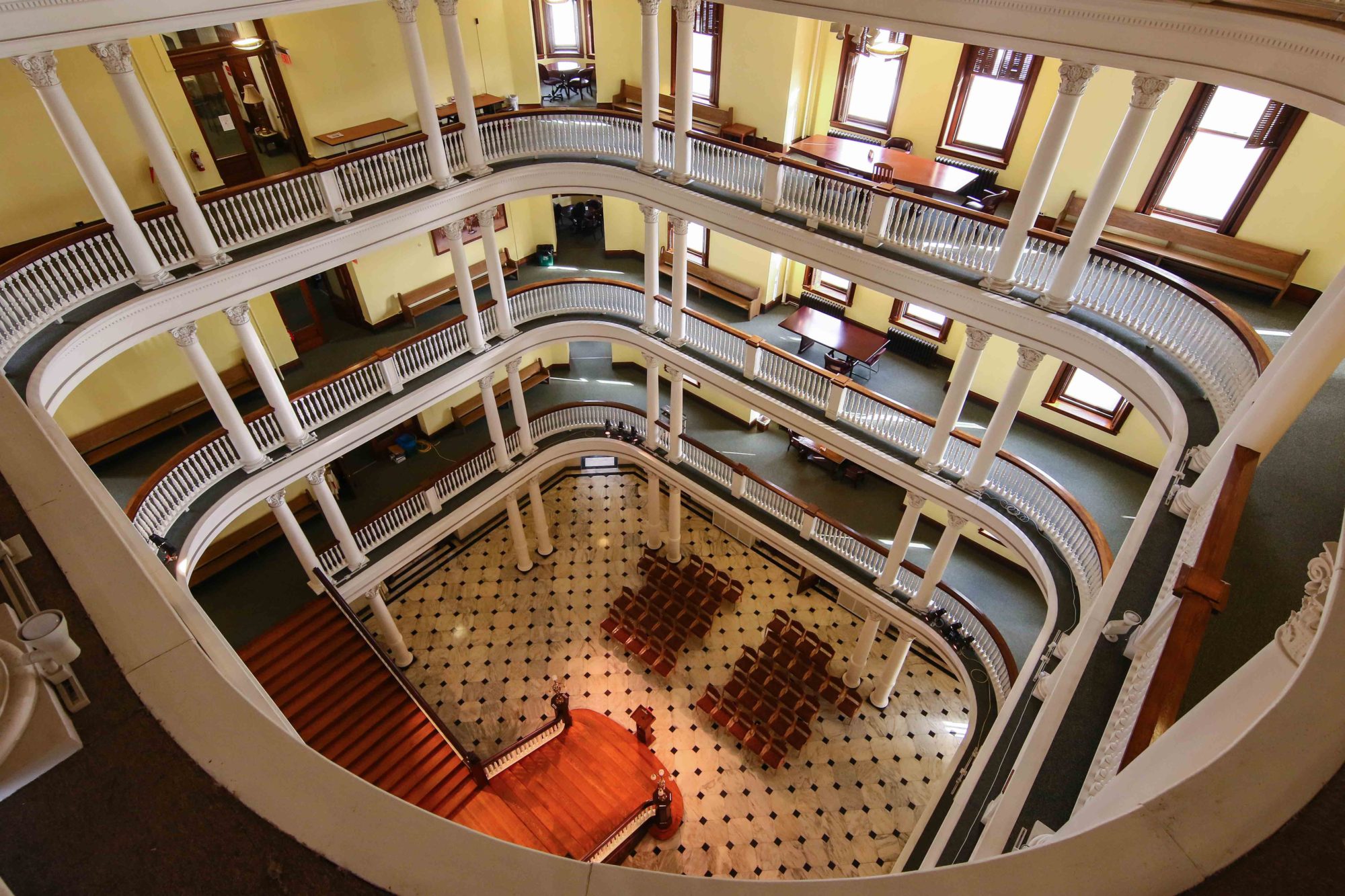
Let’s reshape the liberal arts with a focus on applied learning, internships and training for jobs of the future and let faculty lead the way
Today’s colleges face an uncertain future and need to be more relevant and more connected to the world of work to thrive.
The liberal arts, which have evolved throughout history to meet the needs of society and the state of knowledge, were created for the industrial era. They are badly dated and must be rethought to prepare students for the global, digital, knowledge economy in which they will live their lives.
Vocational education prepares people for their next job. But liberal arts education is designed to do more — to “future-proof” students. By helping students learn to solve problems and think critically, the liberal arts prepare students not for their next job but for jobs that don’t exist. And with the world changing rapidly, with new technologies replacing many jobs and employers demanding proof of skills, the liberal arts need to be future-proofed themselves.
Related: Interested in innovations in higher education? Subscribe to our free biweekly higher education newsletter.
The liberal arts are most successful when they have one foot in the library (the accumulated knowledge of humanity) and one foot in the street (the real world of the marketplace, politics and social interaction), to paraphrase the social reformer Jane Addams.
These are times of rapid change. We are simultaneously experiencing demographic, economic, technological and global changes, and colleges and universities cannot afford to lose traction with the street.
The historian Henry Adams attended Harvard in the mid-19th century and lamented that he received an 18th-century education in Cambridge — and would then live his life in a world plunging into the 20th century. Our colleges and the liberal arts face a similar challenge today.
But these challenges are not insurmountable. Colleges and universities can regain their connection with the street by taking several important steps:
- Introduce a new competency-based core curriculum that provides students with the skills, knowledge and values to thrive in a global, digital, knowledge economy.
- Ensure that all students receive four years of career counseling, beginning with orientation, and participate in some form of internship or apprenticeship. Each student can be assigned an academic adviser (a faculty member) and a career adviser (a career counselor, alumnus or an accomplished professional in the student’s intended career field). Internships and apprenticeships might include research opportunities, community development placements, humanities apprenticeships or other practice-based experiences. Even before students arrive on campus, the university will help them explore their career interests and begin to match them with business, cultural, artistic and scientific opportunities in the area, or with alums or partners of the college.
- Establish a competency transcript to demonstrate career readiness. Students should graduate with both an academic transcript and a second transcript that verifies specific skills and competencies gained through coursework and experiential learning. The second transcript will include microcredentials certifying proficiency in highly sought skills, aligning academic education and career readiness.
- Combine professional schools with undergraduate learning to give professional schools a stronger foundation in the fields that fuel them and to expand the liberal arts to include the practical applications they foster. This reorganization will integrate the liberal arts and professional education, providing an opportunity to fundamentally rethink programs, departments and majors, including interdisciplinary and “blended” options to foster collaboration and provide both breadth and depth.
- Establish a research center for applied liberal arts that will serve as the engine driving the plan, fueling future innovation and developing new designs for courses, programs, experiential learning and teaching methods while introducing new approaches using artificial intelligence and virtual reality.
- Let the faculty lead. The best way to accomplish these goals is to bring the faculty together and give them room to reinvent the institution. They have been waiting to innovate and share their insights on what works in classrooms and what students need.
Related: OPINION: Meet certificates and “microcredentials” — they could be the future of higher education
We have the capacity to avoid Henry Adams’ fate. But we need to act now, not by rejecting the liberal arts, but by embracing them and reshaping them. We need them in this time of dramatic change and social transformation more than ever before.
By reconnecting the library with the street, we can make all students — and our learning programs — future-proof.
Arthur Levine is president of Brandeis University and, most recently, the co-author, with Scott Van Pelt, of the bestselling higher education book “The Great Upheaval: Higher Education’s Past, Present, and Uncertain Future.” His new book (also with Scott Van Pelt) is “From Upheaval to Action: What Works in Changing Higher Ed” and will be published on March 3, 2026, by Johns Hopkins University Press.
Contact the opinion editor at opinion@hechingerreport.org.
This story about liberal arts education was produced by The Hechinger Report, a nonprofit, independent news organization focused on inequality and innovation in education. Sign up for Hechinger’s weekly newsletter.
Source link


